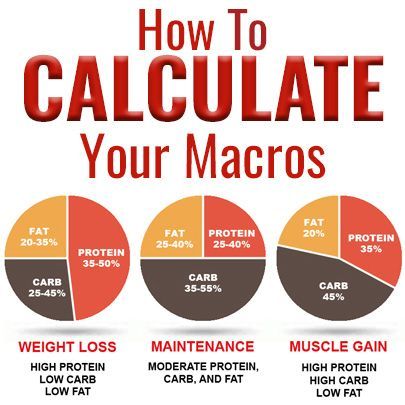When it comes to nutrition and a healthy diet, the terms “macros” and “micros” are often mentioned. These are important concepts to understand in order to make informed choices about what we eat. In this article, we will delve into the world of macros and micros, their definitions, and their significance in maintaining a balanced diet.
Macros: The Basics
Macros, short for macronutrients, are the nutrients that our bodies require in large quantities to provide energy and support normal bodily functions. There are three primary macronutrients: carbohydrates, proteins, and fats.
Carbohydrates
Carbohydrates are the body’s primary source of fuel. They are broken down into glucose, which is used by the cells to produce energy. Carbs can be found in foods such as grains, fruits, vegetables, legumes, and dairy products. It’s important to choose complex carbohydrates, such as whole grains and fruits, over simple sugars, which can lead to weight gain and other health issues.
Proteins
Proteins are essential for growth, repair, and maintenance of body tissues. They are made up of amino acids, which are the building blocks of protein. Good sources of protein include meat, fish, eggs, dairy products, legumes, and nuts. It’s important to include a variety of protein sources in your diet to ensure you receive all the necessary amino acids.
Fats
Fats often get a bad rap, but they are actually an essential part of a healthy diet. Fats provide energy, insulate and protect organs, and help absorb certain vitamins. Healthy fats can be found in foods such as avocados, nuts, seeds, olive oil, and fatty fish. It’s important to choose unsaturated fats over saturated and trans fats, as the latter can increase the risk of heart disease.
Micros: The Details
While macros are the stars of the show, micros, also known as micronutrients, are equally important. Micros are the vitamins and minerals that our bodies need in smaller quantities for optimal health.
Vitamins
Vitamins are organic compounds that our bodies cannot produce in sufficient amounts, so we must obtain them through our diet. They are essential for various biochemical reactions in our bodies. Vitamins can be divided into two categories: water-soluble and fat-soluble. Water-soluble vitamins, like vitamin C and the B-vitamins, are easily excreted and need to be replenished daily. Fat-soluble vitamins, such as vitamins A, D, E, and K, are stored in the body’s fatty tissues and can be built-up over time.
Minerals
Minerals are inorganic substances that our bodies require for various physiological processes. They play crucial roles in maintaining healthy bones, regulating fluid balance, and ensuring proper nerve function. Common minerals include calcium, iron, magnesium, zinc, and potassium. While minerals are needed in smaller amounts, they are just as vital for overall health.
The Significance of Balance
Both macros and micros are essential for a well-rounded diet and optimal health. A healthy balance of macronutrients provides the necessary fuel for our bodies, while a sufficient intake of micronutrients supports proper cell function and helps prevent deficiencies and related health issues.
It’s important to note that the ideal macro and micronutrient ratios can vary depending on factors such as age, sex, activity level, and individual health goals. Consulting a healthcare professional or registered dietitian is recommended to determine the most appropriate nutritional plan for an individual.
In Conclusion
Understanding macros and micros is key to making informed decisions about our nutritional intake. Macros provide the energy our bodies need, while micros support essential bodily functions. Striking a balance between the two is vital for maintaining a healthy diet and overall well-being.

